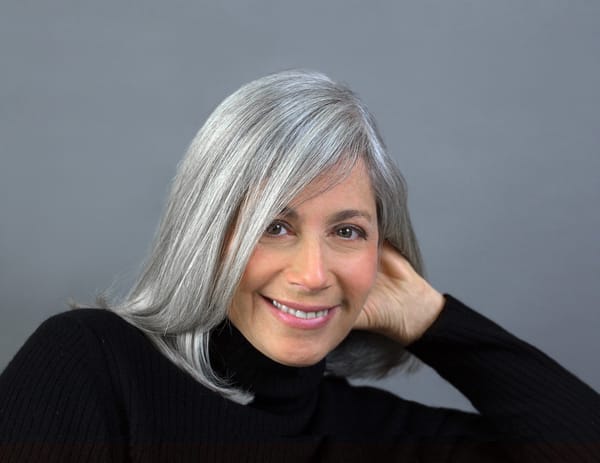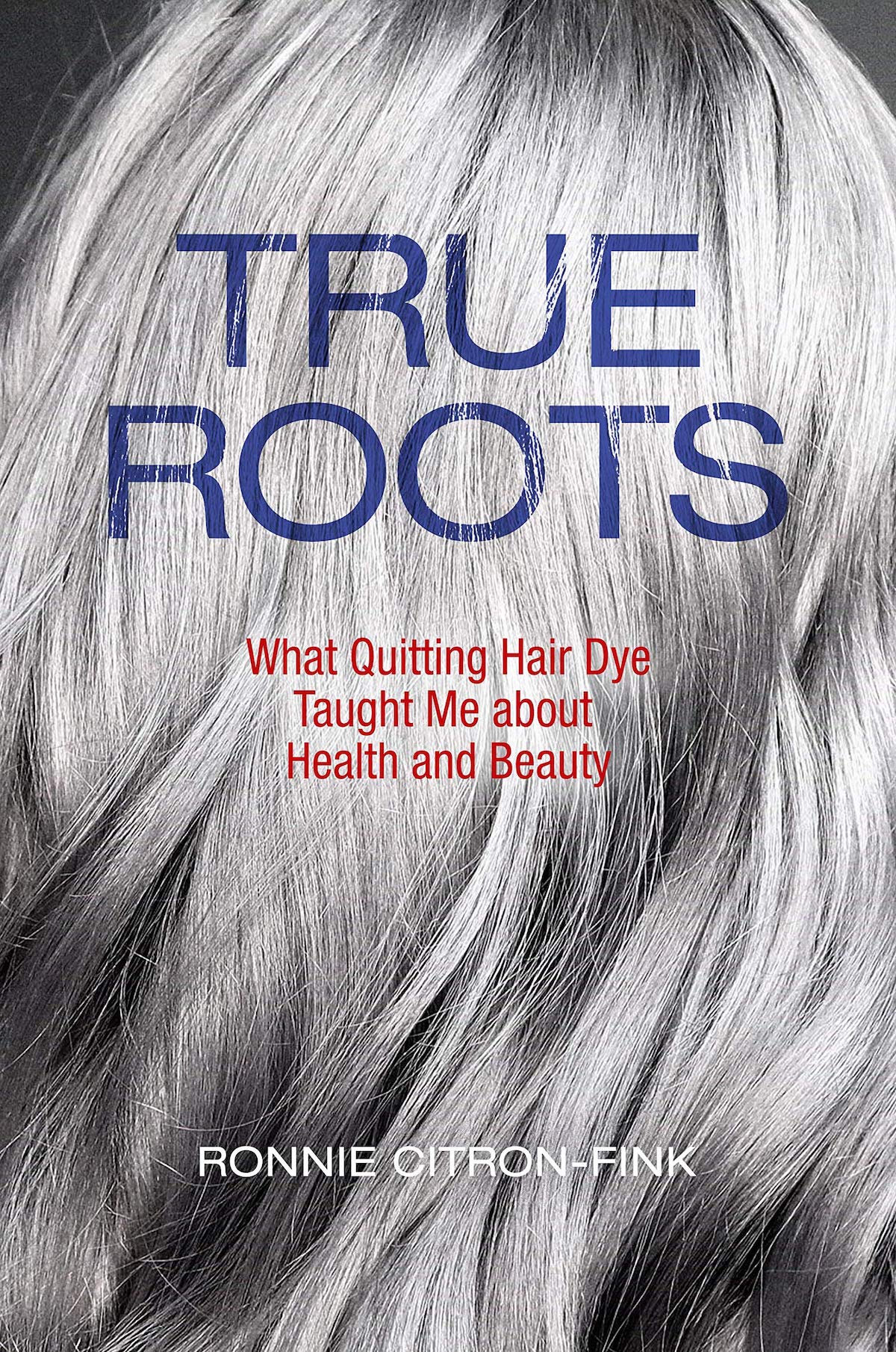The Rural We: Ronnie Citron-Fink
The writer has discovered facts about hair dye that might make you go gray.

The writer has discovered facts about hair dye that might make you go gray.

“Does she… or doesn’t she?” asks the famous Clairol at-home hair coloring advertisements. Ronnie Citron-Fink doesn’t, but it took her a while to get there. The Rhinebeck resident chronicles her decision to go gray in her new book, "True Roots: What Quitting Hair Dye Taught Me about Health and Beauty." Citron-Fink, the editorial director of Moms Clean Air Force, a program of the Environmental Defense Fund, has published articles about the environment, health, politics, beauty, design, parenting and education in InStyle, USA Today, Huffington Post and many other places. She’ll appear at Oblong Books in Rhinebeck on Tuesday, June 4 at 6 p.m. to discuss "True Roots."
I’ve lived in Rhinebeck for 33 years, and before that in Millbrook. I taught at The Randolph School in Wappinger’s Falls, and then I started freelance writing for magazines. For one article, I interviewed Dominique Browning who had just left House & Garden and she and I discovered we had a lot in common. I was working for environmental websites like Treehugger and others, and I’d just left teaching and started my own blog, Econesting. She had a project with the Environmental Defense Fund, Moms Clean Air Force, and I became the editor and a writer. Over the last eight years, we gained a million and a half members — we’re the biggest climate parenting group — to work on toxic chemicals and climate change.
I began digging into toxic chemicals because the environmental law hadn’t been updated in 30 years. The regulations were not protecting our health and our children; and it’s a political tug of war. I was sitting in a meeting at EDF and listening to an environmental health specialist talking about the buildup of toxic chemicals in our bodies from personal care products, makeup and hair dye. We really don’t know how these affect us. We need more studies.
I’d dyed my hair for 25 years, and you suspect there’s something bad in it but, for beauty, you overlook these potential health risks. I also started thinking, ‘Where does the hair dye go when it goes down the sink?’ Who is most impacted?’ 'How do I research whether or not hair dye is toxic?' The economic success of hair coloring collides so powerfully with popular demand that the task of understanding the landscape goes beyond science and law. I am a Baby Boomer and I grew up with this infiltration of ads. A lot of women said that they felt healthier and freer after going gray, but we still get bombarded with these messages. Hair dye was my last step in cleaning up my beauty products.
Through my research, I found that some of the ingredients are potentially carcinogenic. What alarmed me was a University of Southern California study found that women who had colored their hair once per month for 15 years or more had a 50 percent higher risk of bladder cancer. We’re guinea pigs playing Russian roulette with our health. The World Health Organization says that, in the workplace, what hairdressers are breathing in is probably carcinogenic. Dark dyes, along with chemical relaxers and straightening products, have put African American women at increased risk. Only a third of hair products marketed to black women are safe.
We have this idea that says it’s on the shelf, this is America, it must be safe, but that’s not the case. It became, as a journalist, an investigation but, as a woman, it was my personal journey. I write about how my mother dyed her hair into her late 80s. I was learning about myself and what surprised me is that I’m obsessed with hair, as a lot of women are. I was organizing my life around my hair. As you get older and look older, the more ageism and sexism come into play. Regardless of my health wakeup call, I had to settle into the feelings in order to be happy about my decisions. The takeaway would be that I decided not to take a chance with the health risk.
Men with gray hair are embraced as distinguished, as silver foxes. But the messages to women are both overt and subliminal: you can dye your hair or you can give in and become invisible. It’s also geographical — I live near Woodstock and many of the women have gray hair. But my friend who lives in LA says she could never stop dyeing her hair. It seems to be a transformational moment right now, a going-gray movement. Gray hair is trending now, both fake and natural. We’re not there yet, but we’re getting closer.

